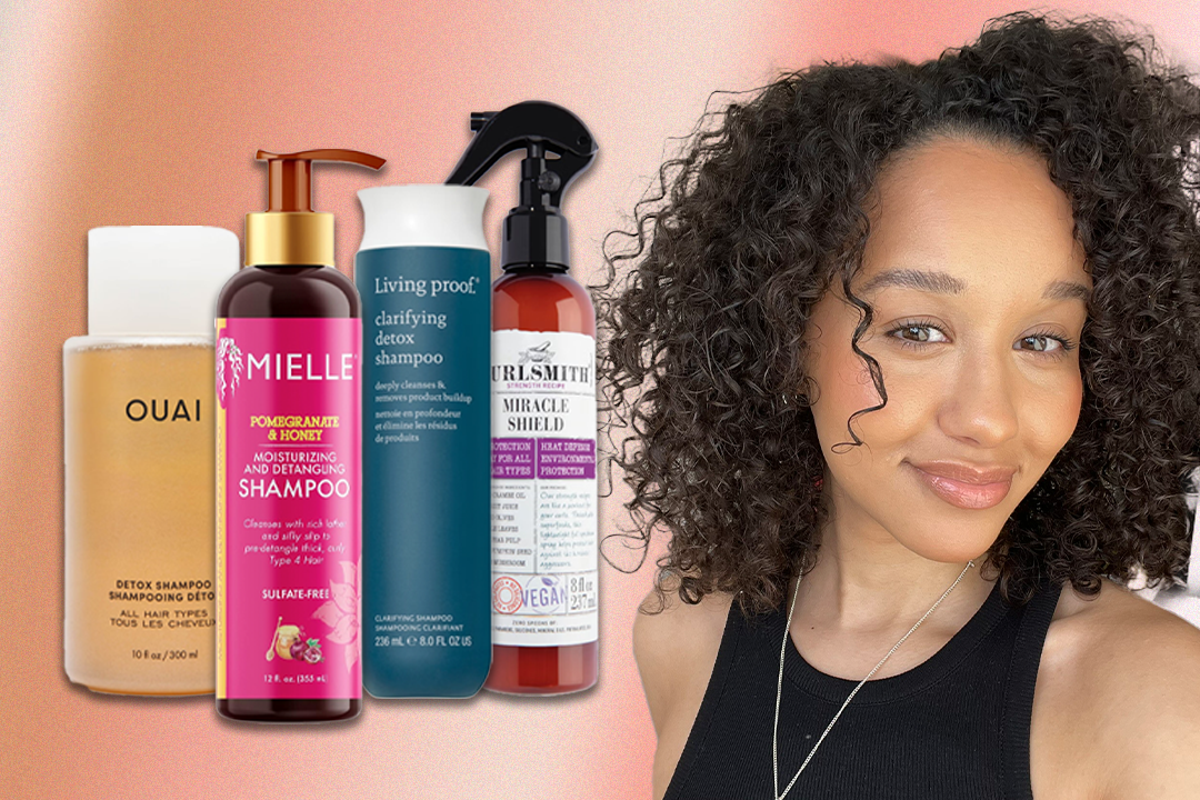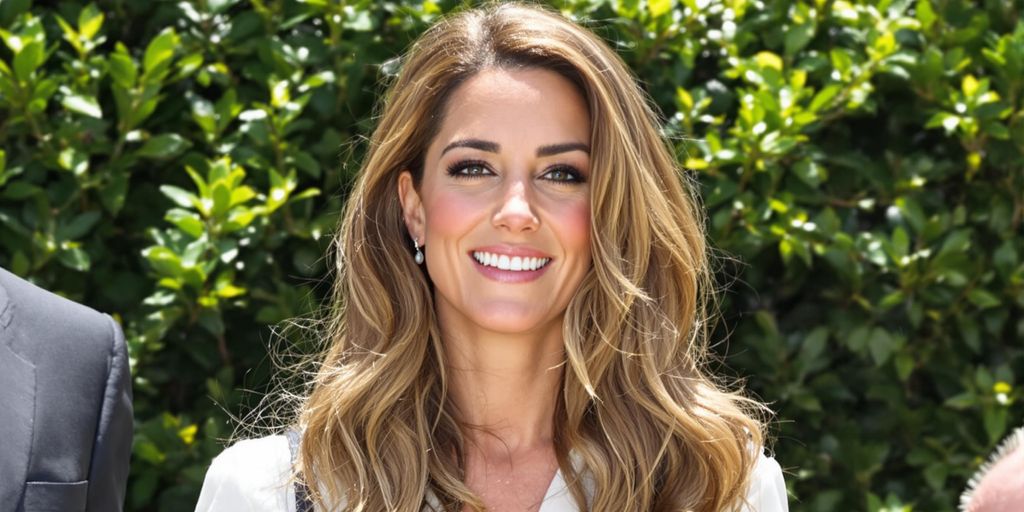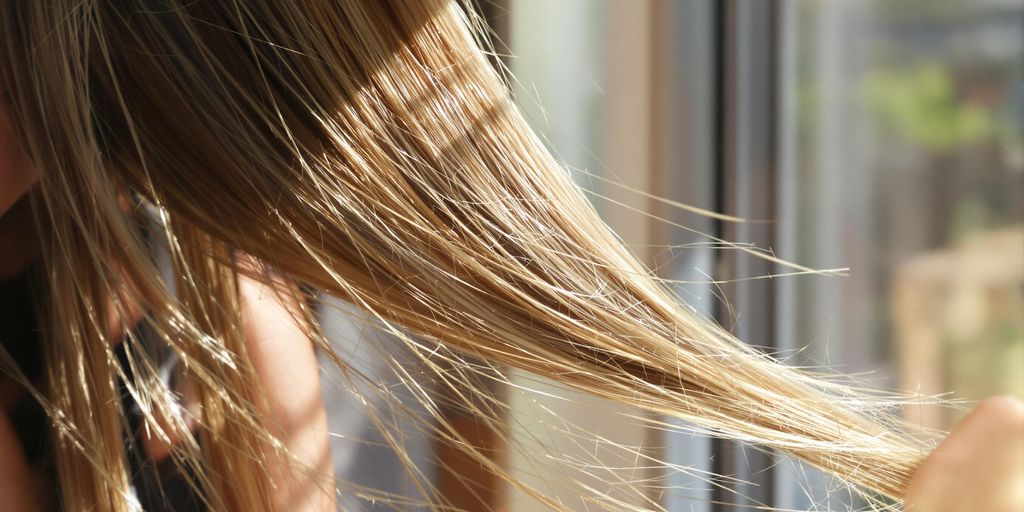Haircare can be a complex subject, especially when it comes to tending to curly or coily hair. The advice and information that one often comes across may not always be accurate. This can make navigating through the myriad of haircare routines particularly challenging.
There is a common misconception that one’s haircare routine should be decided strictly depending on whether the type of hair they have is curly or coily. This, however, is not always the case. What works for one person may not necessarily work for another, despite both having the same hair type.
In an effort to dispel misconceptions and provide proper guidance, we tapped into the expertise of Afro-textured hair specialist, Jennie Roberts, and top celebrity curly hair stylist, Nicola Harrowell. Here, they separate the facts from fiction and provide valuable insights into caring for curly hair.
Contrary to popular belief, washing curly hair is not detrimental. In fact, it is an essential step for promoting healthy locks. This is because consistent cleansing helps in hydrating and purifying both the scalp and strands. The frequency of washing, however, depends on your specific hair type.
When it comes to using traditional shampoos, Roberts advises opting for sulphate- and silicone-free products. Apart from these regular shampoos, it is also beneficial to incorporate a clarifying shampoo once or twice a month. This helps eliminate build-up and allows your hair products to work their best.
The idea that curls need to be refreshed every single day is another myth that needs to be put to rest. Proper setting of the curls, coupled with sleeping with a bonnet on, can allow the curls to maintain their look for days. This means less frequent manipulation, less heat, and therefore less work.
When it comes to the use of oils, it’s important to understand that while they are common in hair routines, they do not provide hydration or moisture for our hair. Roberts emphasises that hydration comes from water and high-quality hair products tailored to our hair’s needs. Raw oils can create a barrier that prevents the absorption of moisture, leading to dryness and breakage. However, when applied over hydrated hair, these oils can also lock moisture in, which is why they are often included in hair routines.
Types of protective hairstyles, like braids, twists, and locs, while known to protect your strands, can cause potential damage if they’re too heavy, too tight, or left in for too long. The hair length and texture also influence the choice of style. Switching styles every few weeks and taking breaks in between styles could prevent strain and damage.
In conclusion, knowing how to care for one’s curly or coily hair is a journey of learning and understanding. One must keep in mind that every person’s hair is unique, and what may be true for one may not necessarily be true for another. This makes it essential to always assess whether a certain practice suits your own hair before incorporating it into your routine. Remember, healthy and beautiful hair does not come from following every piece of advice you come across. It comes from understanding your hair and giving it what it needs.





